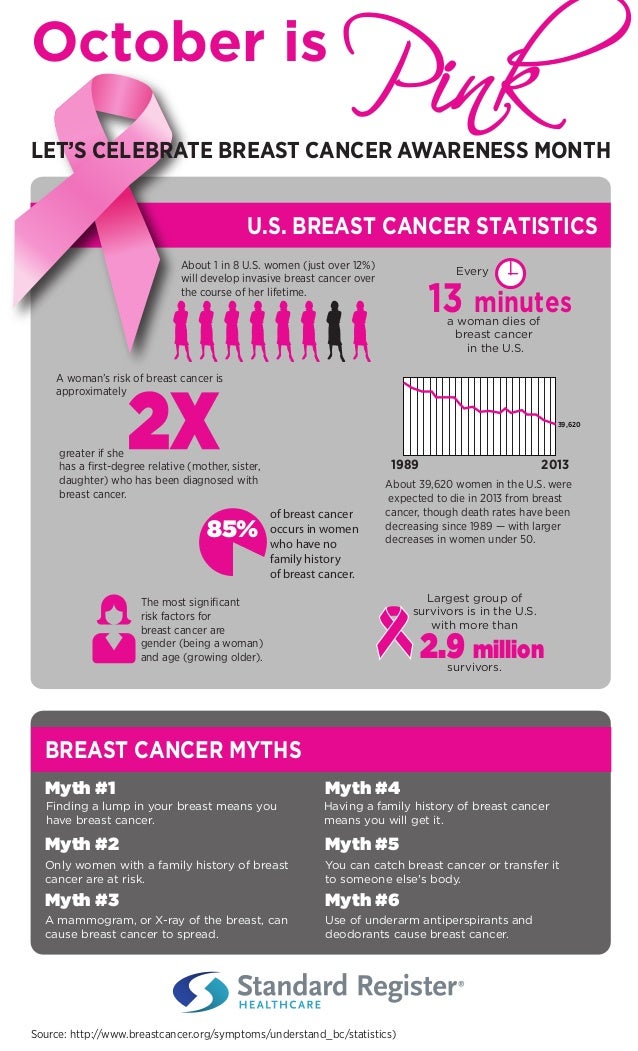This Article Aims To Give An Intro To This Vital Topic Concerning Bust Cancer Surgical Procedure And Restoration

Authored by-Wilkinson Voigt
Bust cancer cells surgical treatment is a therapy, but it also assists look for signs of cancer dispersing. Sometimes surgical procedure removes simply the tumor and a small border of cells around it (lumpectomy).
Before surgical treatment, doctors may infuse you with a contaminated tracer or blue color that travels to lymph nodes under your arm. These nodes are called guard nodes. They are frequently the starting points cancer cells spreads to.
Margin Security
Surgical margins (the distance between the growth and surrounding healthy and balanced cells) are essential in lowering the threat of cancer cells returning after surgical procedure. Not enough or close margins increase the threat of neighborhood reoccurrence and far-off reoccurrence. Nevertheless, it is tough to identify accurate margin sizes with the naked eye or palpation during surgical treatment.
Current nationwide guidelines suggest that doctors accomplish "adequate" unfavorable margins of > 2 mm when carrying out lumpectomy as well as radiotherapy for DCIS. However, accomplishing bigger margins is associated with higher reexcision prices (with consequent financial, mental, as well as cosmetic injury). The optimum margin size has not been demonstrated by randomized trials. A lot more proof is required to balance the worth as well as expense of decreasing LR. Up until then, real-time margin surveillance with either spectrometry or grayscale imaging might improve end results.
Axillary Lymph Node Breakdown
The lymph nodes in your underarm (axilla) aid drain pipes liquid from your breast and arms. Your doctor could get rid of a group of these lymph nodes to seek cancer cells that have spread out. https://inewsource.org/2016/09/12/cancer-surgery-volumes/ is called an axillary lymph node dissection.
Generally, the specialist only eliminates the lymph nodes that are bigger. You might have a guard lymph node biopsy first. If this discloses that the lymph nodes have cancer cells, your surgeon may remove even more of your lymph nodes.
Eliminating lymph nodes can increase your risk of swelling in your underarm or chest area (lymphedema). Follow-up get more info from a physical therapist may help. It is essential to tell your doctor if you have lymphedema, which can happen numerous months or years after surgical treatment.
Radiation Treatment
Radiation ruins cancer cells and also minimizes the risk that the lump will return. It is usually advised after lumpectomy, especially for more youthful women and clients with hormone receptor-negative bust cancer or bigger growths.
A guard lymph node biopsy may additionally be done to figure out if the underarm (axillary) lymph nodes have cancer cells. If the sentinel lymph nodes are cancer-free, the axillary lymph node breakdown is typically not needed.
The majority of people have outside radiation treatment after their surgery to eliminate any undetected cancer cells that stay. You have the therapy in a health center radiotherapy division, and you normally have it 5 days a week for 6 weeks.
Radiation can sometimes trigger an unusual adverse effects called pneumonitis, which is irritation of the lung cells near the treated location. Newer equipment and methods, such as respiratory gating, can minimise the chance of this negative effects.
Mastectomy
If the tumor reoccurrence is neighborhood (in the chest wall) and not in the lymph nodes, medical elimination of the recurring cancer along with radiation therapy may lower the possibility that it will certainly spread. Your medical professional may additionally offer you systemic treatment to reduce the cancer prior to surgical treatment.
A mastectomy is the medical removal of one or both breasts. It's typically done to get rid of cancer, however it can be utilized as a preventive measure for people at high risk of creating breast cancer cells.
Before surgery, your physician cleanses as well as sanitizes the surgical website and also offers you anti-biotics through an IV to prevent infection. If you're having a guard node biopsy, your physician injects the area with a radioactive tracer and blue dye. This shows the doctor the place of the close-by lymph nodes.
Bust Reconstruction
Females that choose to have breast restoration can have surgical treatment at the same time as their mastectomy (called prompt restoration) or after the incisions have actually healed and also after finishing cancer treatment (called postponed repair). They can utilize implants or autologous cells to rebuild the breasts.
Some physicians make use of a technique called skin-sparing mastectomy, which removes the lump and clean margins yet keeps a lot of the bust, nipple and areola. This kind of mastectomy can increase a woman's opportunities of issues from restoration, specifically nipple as well as areola deformities.
Cosmetic surgeons can make use of autologous fat grafting to fix these issues. This technique utilizes an example of fat from one more part of the body (commonly the upper legs or abdominal areas) that is removed, cleaned as well as liquified. It is then infused into the rebuilt bust.

